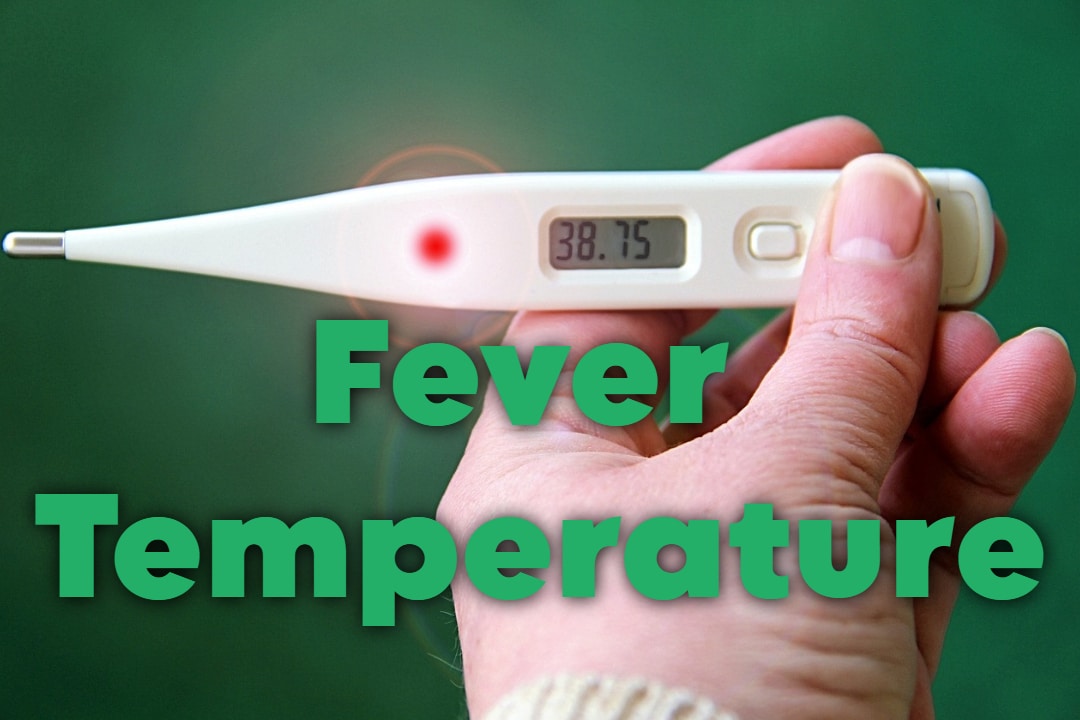When you’re experiencing a fever, your body is actively fighting off an infection. While this rise in temperature is a healthy immune response, it can be uncomfortable and cause symptoms like chills, sweating, and fatigue. For many people, home remedies for fever offer effective and natural ways to manage discomfort, often minimizing the need for medication.
In this article, we’ll explore the top 5 home remedies for fever that are safe, natural, and can help bring relief. These remedies can be used to manage mild fevers, though it’s always important to consult a healthcare professional if symptoms persist or worsen.
Understanding Fever and Its Symptoms
Fever is usually defined as a body temperature above the normal range of 98.6°F (37°C). It often occurs due to infections, immune responses, or environmental factors.
Common Fever Symptoms
- Elevated body temperature (above 100.4°F or 38°C)
- Chills and shivering
- Sweating
- Muscle and joint aches
- Loss of appetite
- Weakness and fatigue
Top 5 Home Remedies for Fever
1. Hydration is Essential
One of the simplest and most effective home remedies for fever is staying hydrated. Fever causes increased sweating, which can lead to dehydration. Drinking plenty of fluids helps maintain body temperature, keeps organs functioning, and flushes out toxins.
| Fluid Options | Benefits |
|---|---|
| Water | Basic hydration and temperature regulation |
| Coconut Water | Replenishes lost electrolytes |
| Herbal Teas (Peppermint, Ginger) | Anti-inflammatory and immune-boosting |
| Fresh Fruit Juices | Vitamin-rich and antioxidant benefits |
How to Use This Remedy:
- Aim to drink 8-10 glasses of water daily.
- Add natural electrolytes like coconut water or sports drinks if dehydration is severe.
- Herbal teas with ginger or peppermint can provide soothing relief.
2. Cold Compress for Instant Relief
A cold compress is one of the oldest and most commonly used home remedies for fever. Placing a cool, damp cloth on the forehead, wrists, or neck helps bring down body temperature and provides immediate relief from the discomfort of fever.
Instructions for Use:
- Dip a clean washcloth in cold water and wring out excess liquid.
- Place the cloth on your forehead, wrists, or back of the neck.
- Repeat every 15-20 minutes as needed.
3. Ginger Tea with Honey
Ginger is known for its natural antiviral and antibacterial properties, which can help in reducing fever. Honey adds additional immune support while soothing the throat, making ginger tea with honey one of the most effective home remedies for fever.
Recipe:
- Boil a cup of water with 1-2 slices of fresh ginger.
- Let it simmer for 5 minutes and remove from heat.
- Add a spoon of honey and sip warm, twice a day.
Why It Works:
Ginger reduces inflammation, eases discomfort, and promotes sweating, which can naturally lower body temperature.
4. Basil Leaves
Basil leaves (or Tulsi) are packed with antibacterial, antiviral, and anti-inflammatory properties. This powerful herb has been used in Ayurvedic medicine for centuries to treat fever and other infections. Including basil tea or infused water as one of your go-to home remedies for fever can be highly effective.
How to Make Basil Tea:
- Boil a handful of fresh basil leaves in a cup of water for 5-10 minutes.
- Strain, add a spoonful of honey if desired, and drink twice a day.
5. Garlic
Garlic contains allicin, a compound with potent antiviral and antibacterial properties, making it an effective home remedy for fever. Consuming garlic can promote sweating, which may help reduce fever and expel toxins from the body.
Instructions for Use:
- Crush 1-2 cloves of fresh garlic.
- Mix with a glass of warm water and drink before bed.
- Avoid overuse as garlic has a strong taste and can cause stomach discomfort if consumed in excess.
Summary of Top 5 Home Remedies for Fever
| Remedy | Main Benefits |
|---|---|
| Hydration | Prevents dehydration, cools body |
| Cold Compress | Provides instant temperature relief |
| Ginger Tea with Honey | Antiviral, reduces inflammation |
| Basil Leaves | Natural antibacterial and antiviral effects |
| Garlic | Promotes sweating, has antiviral effects |

Tips for Managing Fever at Home
- Wear Light Clothing: Heavy or tight clothing can trap heat. Opt for loose and breathable clothing.
- Keep Your Room Cool: Maintain a comfortable temperature in the room to avoid excessive heat.
- Get Plenty of Rest: Rest is essential for recovery, so avoid strenuous activities.
- Eat Light Meals: Heavy meals can increase body temperature. Opt for easy-to-digest foods, like fruits, soups, and broths.
Frequently Asked Questions
1. When should I see a doctor for fever?
If your fever exceeds 102°F or lasts more than 3 days, or if you experience severe symptoms (like confusion, difficulty breathing, or chest pain), consult a doctor. Children and infants should see a doctor if they have a fever above 100.4°F.
2. Are these home remedies for fever safe for children?
Many remedies, like hydration and cold compresses, are safe for children. However, avoid remedies involving strong ingredients like garlic or ginger for very young children without consulting a pediatrician.
3. How often can I use a cold compress?
You can use a cold compress every 15-20 minutes until symptoms improve. Avoid ice-cold water as it may cause discomfort.
4. How can I prevent fever in the future?
Practicing good hygiene, such as regular handwashing, can help prevent infections that lead to fever. Also, maintaining a balanced diet and getting sufficient sleep supports immunity.
5. Are home remedies for fever effective for all types of fever?
While home remedies can relieve mild to moderate fevers, they may not address the underlying cause, such as bacterial or viral infections. Seek medical advice if fever persists.


